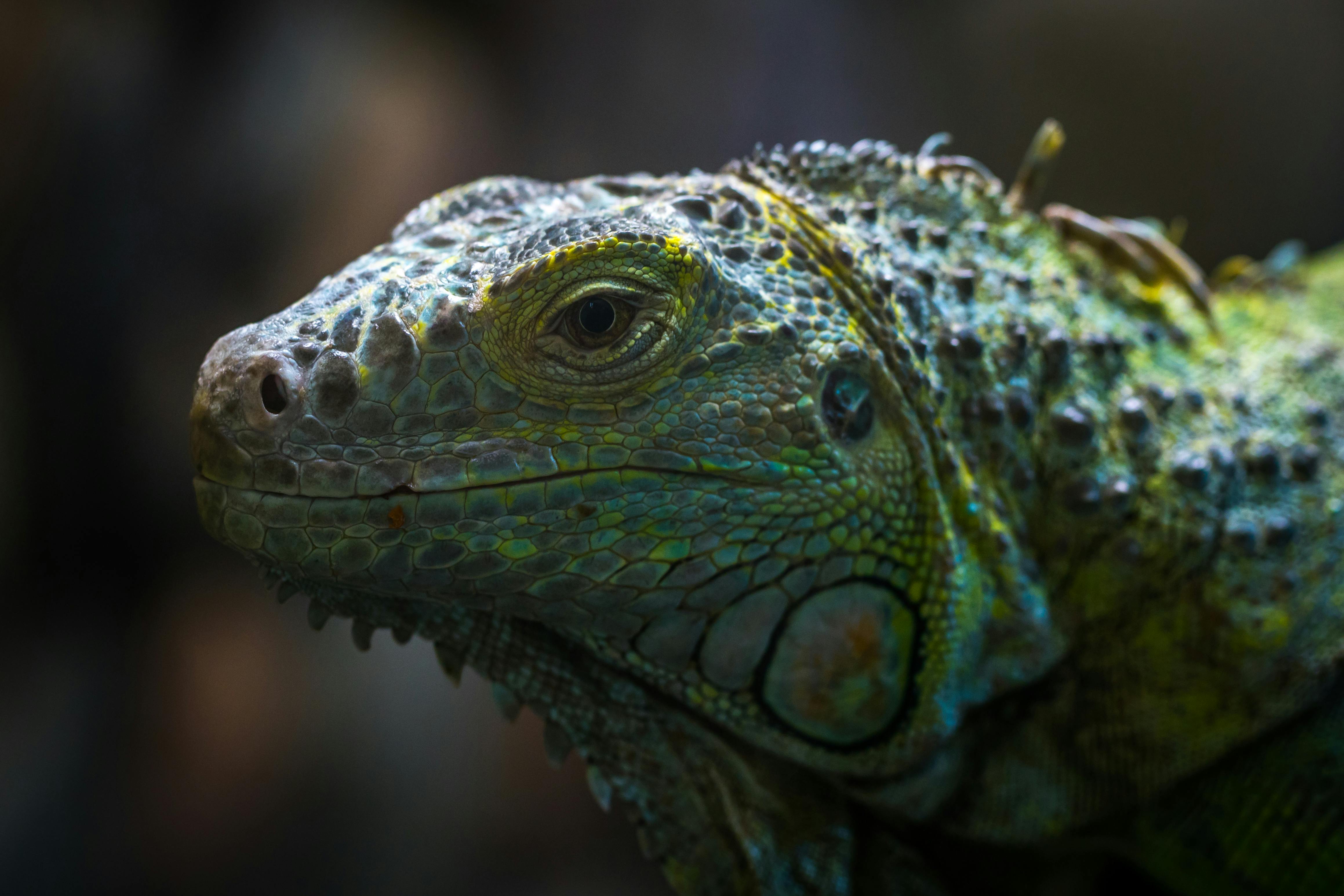An ecosystem is generally understood to be the combination of biological, physical, and chemical factors that make up a particular locality and can be anything from a pond to a rainforest to a desert.
There are two components to an ecosystem, the abiotic components, such as sunlight, temperature, temperature, water or moisture, and soil chemistry, and the biotic, the living organisms from plants to insects to animals. to people, all of whom interact with each other.
Ecology is a way of describing how the various component parts of an ecosystem interact and function, whether it’s the amount of energy produced by photosynthesis or how energy and materials flow through the food chain.
Energy is transferred in a continuous cycle from growth to decay and back through an ecosystem, and the rate at which it does so depends on a number of factors. However, the transfer of energy through the food chain becomes more inefficient as it develops from what is called the primary producer level (plants) through the primary consumer level of herbivores and up to the level of carnivores.
All of this is fine when the various elements of an ecosystem are in balance and work well together, but it doesn’t take much to throw it off balance.
Climate changes, such as droughts or prolonged rains, can affect the balance or a change in the animal population, so that there may be too many predators that can be maintained in a given area.
Human activity arguably has one of the most significant impacts on an ecosystem in a variety of ways. Once an area of land is used for a specific purpose, such as agriculture, it can lead to various problems.
Once populations begin to accumulate in communities and the economic system increasingly relies on urbanized living, coupled with greater scientific understanding of public health and medicine, the death rate declines and the population begins to grow.
This puts more pressure on those who work the land to produce food to be more efficient and again innovations such as farm machinery and eventually methods such as pesticides and chemical and mineral fertilizers must be used to control crop pests and diseases and increase yields. from the earth
Meanwhile, increasingly new and “efficient” farming methods create a hostile environment for wildlife, including pests and their natural predators, perhaps because areas where they live and shelter, such as hedgerows, have been removed to allow larger farm vehicles to operate efficiently.
Similarly, overly intensive farming means there is no time for the land to recover and restore nutrients naturally through the cycle of growth and decay. The human population continues to grow as life expectancies and birth rates increase and the pressure on the ecosystem increases.
It is the result of many centuries of such “improvements” in food production and population survival and growth that has led to today’s concerns about food shortages and the need for farmers to increase food production. food.
But it has also become clear that increased food production must be done in a sustainable way, as the drawbacks of previous farming methods have become apparent, not only because of the residue effects of some of the old generation fertilizers on human health, but also because of the damage that has been caused to the ecosystems in which they have been used.
Hence the current emphasis on sustainable farming methods and integrated pest management, but if the world is to support a population expected to reach over 9 billion by 2050 without further damage to the world’s ecosystems, something has to change. .
Biopesticide developers have been at the forefront of finding solutions, researching more natural (also known as low chemical) agricultural products, using natural ingredients to create biopesticides and yield enhancers that will protect the land and help increase yields. of the finite amount of land. available by minimizing waste caused by crop loss to disease and predators.
It is the work of such innovators that will hold the key to providing enough food and protecting the earth and its vulnerable ecosystems for the future.

